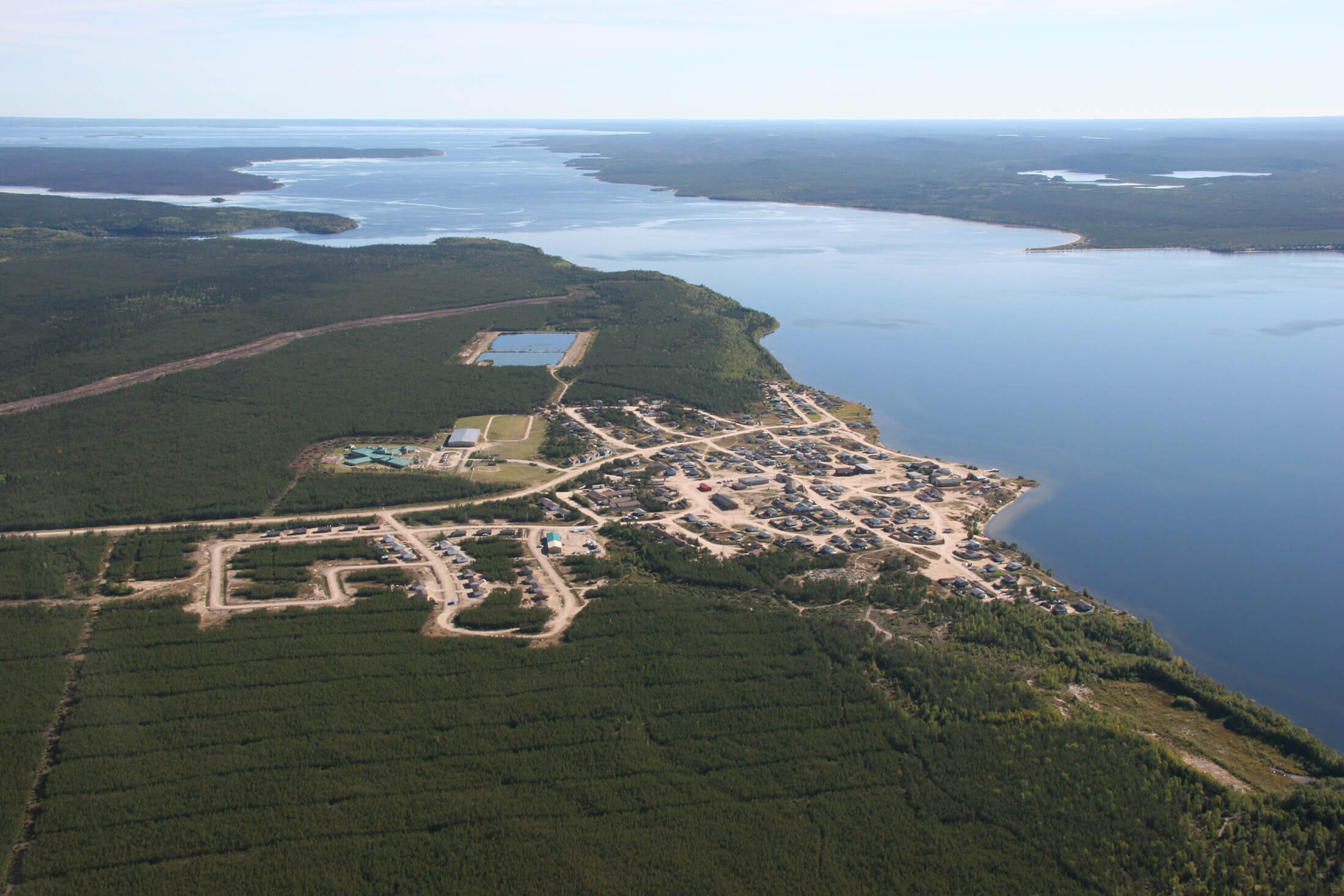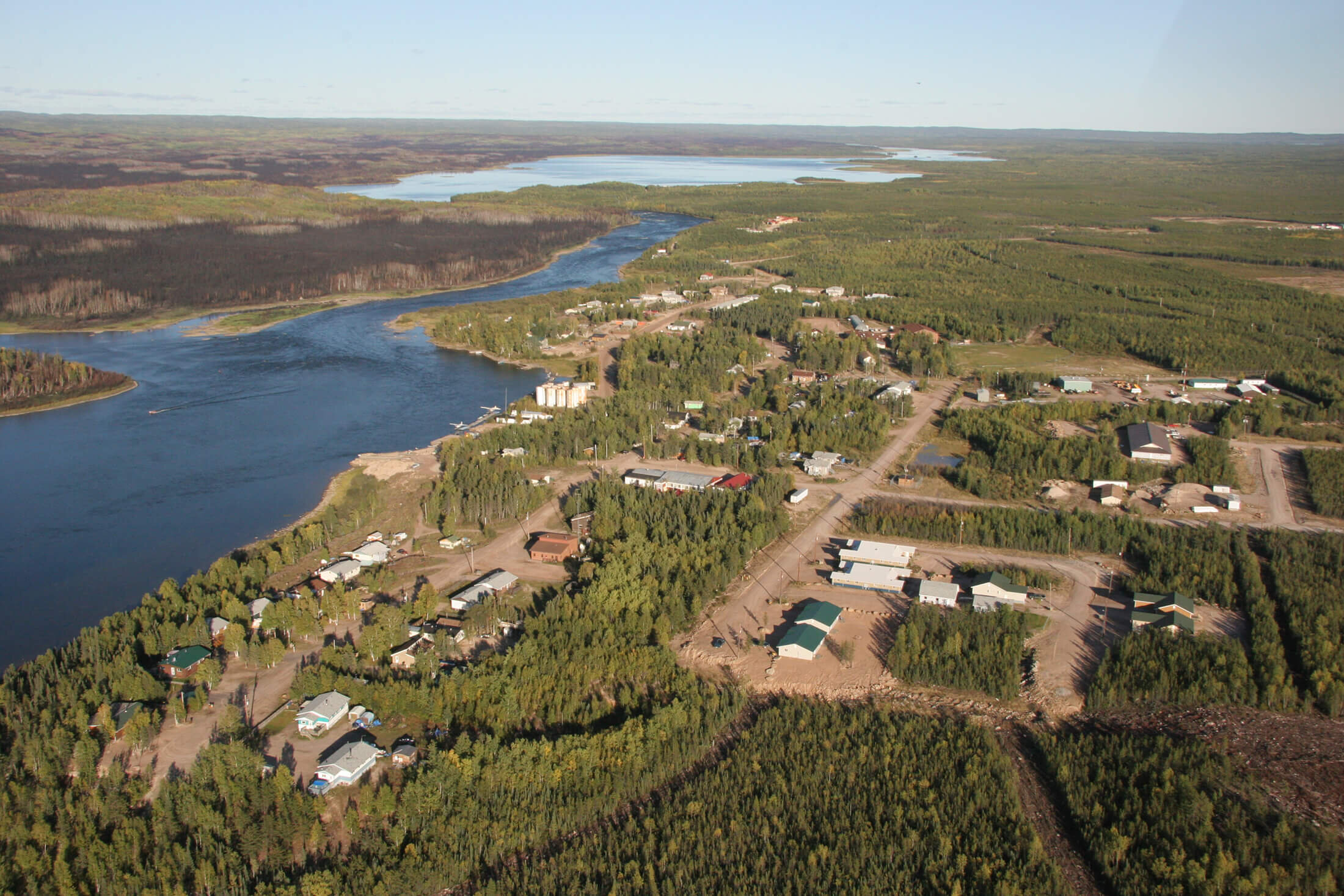The EARMP monitors potential cumulative effects downstream of uranium mining and milling operations in the Eastern Athabasca region of northern Saskatchewan. Cumulative effects are defined as impacts on the environment that result from the incremental impact of an action when added to other past, present, and foreseeable future actions (Joint Panel 1992). Cumulative effects might occur when projects overlap spatially, such as when two watersheds exposed to uranium mining and milling activities converge.
Cumulative effects may also occur temporally if contaminants are emitted into the environment over extended periods of time. EARMP was developed to establish baseline conditions and facilitate the examination of spatial and temporal changes over the long term.
This program is intended to augment the extensive environmental monitoring completed regularly near each uranium mining and milling operation in northern Saskatchewan as regulated by both federal and provincial agencies including the CNSC, the Saskatchewan Ministry of Environment (MOE), and Environment and Climate Change Canada (ECCC). In addition, community sampling took place through the Athabasca Working Group Environmental Monitoring Program for 18 years (2000-2017) and continues today as the Community-Based Environmental Monitoring Program (CBEMP) under the Ya’Thi Néné Collaboration Agreement. EARMP is designed to complement these monitoring programs and allow for a more comprehensive evaluation of potential cumulative effects from industry in northern Saskatchewan. The EARMP framework includes two sub-programs: a community program and a technical program.
Uranium Mining and Milling Operations in the Region
There is currently one active uranium mine (Cigar Lake) and one active uranium mill (McClean Lake) in the Eastern Athabasca region. Suspended mine and mill operations in the region include Key Lake, McArthur River, and Rabbit Lake. In addition, there are other closed, decommissioned, and/or abandoned uranium mine sites located near the community of Uranium City, SK. Extensive monitoring programs within the local study areas of each site generally includes testing the air, soil, vegetation, water, sediment, benthic invertebrates, and fish. These environmental monitoring programs are designed specifically for each site and are a requirement under the provincial operating licence and the CNSC License Condition Handbook.
Joint Panel. 1992. Assessing cumulative effects of Saskatchewan uranium mines development. Prepared for Joint Federal/Provincial Panel on uranium mining in northern Saskatchewan.






